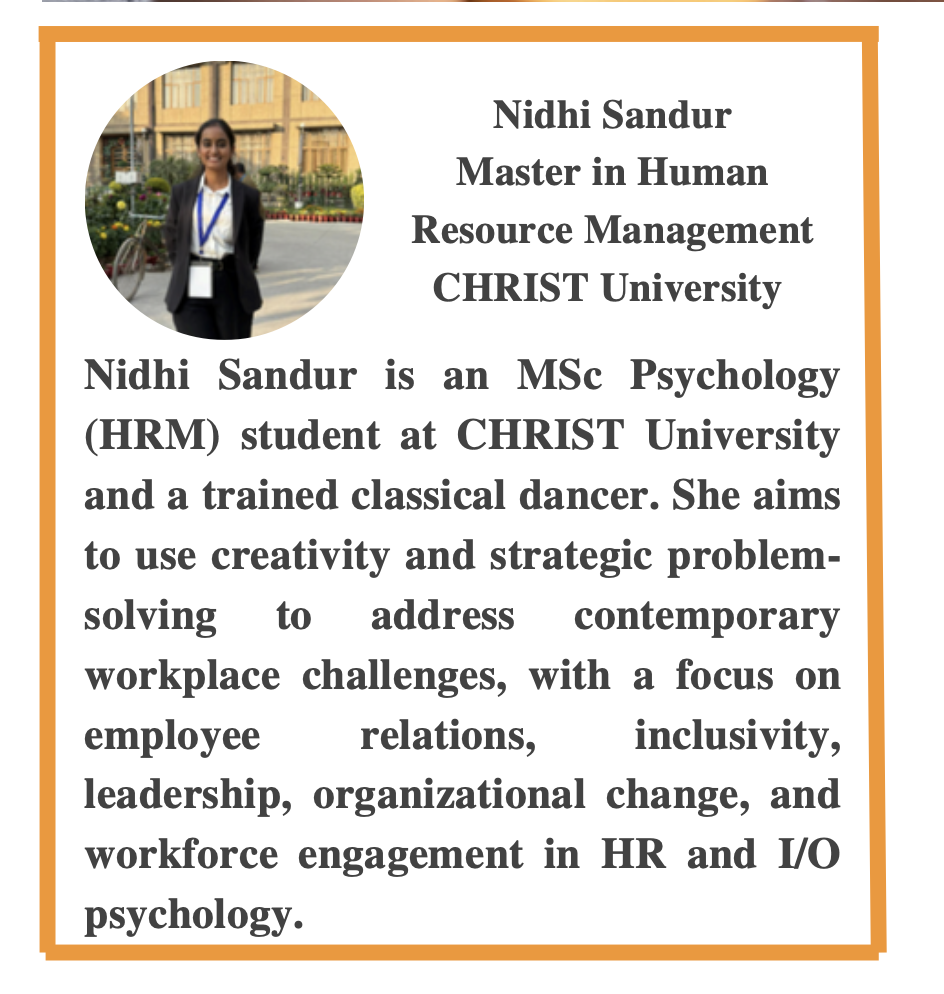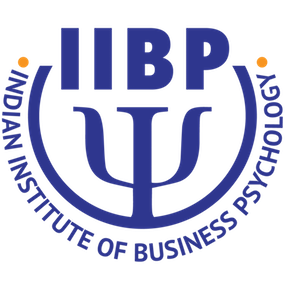In the context of emerging technological shifts and evolving employee expectations, today’s business highlights generational differences in their workforce, where humor remains a timeless, powerful tool for strengthening relationships and building a sense of oneness. Each organization has its unique humor and quirky phases that are regularly used. Whether it’s a Baby Boomer recalling a fax machine mishap or a Generation L playfully referencing workplace challenges with a reel, humor creates a sense of unity that transcends age differences.
A recent survey conducted by LinkedIn indicated about 75% of Indian professional felt comfortable expressing emotions at work post-pandemic, 87% believed emotional expression enhances productivity and connectivity, 76% agreed that humor is beneficial for an office culture, while 61% expressed a desire for humor to be part of their organization’s culture. Most importantly, Generation Z. & Millennial employees reported greater satisfaction at work due to humor than Baby Boomers. Further, employees reported feeling motivated and engaged when with leaders with a sense of humor, as reported by a McKinsey study. This thus reiterates the need for ‘Fun at Work’ as an essential job satisfier for both Millennials and Generation Z.
Cracking a joke at the right time and with the right context can help a team bond over similar experiences and feelings and thus deal better with an imminent threat. The feeling of oneness with the team and ease of having tense conversations can reduce the stress of deadlines and the perception of task difficulty. Furthermore, while humorous team leaders may not be initially favored, they can be effective in creating a cohesive and cooperative team, guaranteeing efficiency and success of the team that reflects both leader quality and subordinate performance.
Further, humor can act as a precursor for innovation and creativity by relaxing the employee-manager relationship, ease of idea sharing, collaborative problem-solving, trust building, and receptivity for novel ideas, thus presenting an opportunity for growth and success. Various multinational companies such as Southwest Airlines, Sun Microsystems, Kodak, Brady Corporation, Cisco, Siemens, and many more have, over the years, built a culture of encouraging humor and fun at work as a method to bridge age and knowledge gaps between their employees.
Additionally, many Indian companies have begun incorporating humor through organization value restructuring, informal team-building initiatives, stand-up comedy shows at corporate events, etc.
However, differences in perception of humor among generational employees can create certain misunderstandings & misconceptions that directly impact interpersonal relations, communication, and, ultimately, the work itself. It can further develop a sense of indiscipline, distractions, abuse of authority, and loss of trust. Thus, organizations may consider one or more of these measures to leverage humor at the workplace.
Recommendations:
- Organizations may promote respectful, lighthearted, and motivating humor through informal team bonding initiatives, icebreaker sessions, and off-site employee engagement initiatives, thus fostering a sense of camaraderie and belongingness among all.
- Sensitizing multigenerational employees or managers of what may be offensive jokes for employees of each generation they work with to respect boundaries and build meaningful workplace connections.
- Humor can also be used as a human resources communication tool during internal messaging, presentations, and morale counseling to make information more engaging. However, it is essential here to be mindful of where to exercise humor and where to maintain professional boundaries.
- Setting up internal safe space forums for employees to voice any discriminatory or offensive jokes that may have occurred and provide counsel and reconciliation measures with both parties present.
- Regularly monitor and assess how humor is perceived at the organization, adapting based on feedback and employee experience for continued workplace engagement.
While these measures may seem feasible and prove successful in some organizations and
unsuccessful in others, it is important to note the demographic differences in each organization
and that change of any magnitude requires time, resources, vision, and patience. Thus, HR
professionals must understand their organizations better and choose the most suitable change
management measures to leverage humor for engagement and growth.
References
- Jayati, D., & Shaik, Dr. S. (2021). Workplace Humour and its Impact on Individual, Group Dynamics and Organization: A Review. International Journal of Advanced Research in Science, Communication and Technology, 3(1), 6–13. https://doi.org/10.48175/ijarsct-818
- Mathew, H. E., & Vijayalakshmi, V. (2017). Changing Definitions of Work and Play: Importance of Workplace Humour. Psychological Studies, 62(1), 12–20. https://doi.org/10.1007/s12646-017-0395-9
- Meagan. (2024, April 9). Humor as a Secret Weapon Against the Generational Gap – Meagan Johnson – Generational Speaker. Meagan Johnson – Generational Speaker. https://meaganjohnson.com/humor-as-a-secret-weapon-against-the-generational-gap/
- Mensik, H. (2024, June 21). How getting humor right at work can help bridge generational gaps. WorkLife. https://www.worklife.news/culture/how-getting-humor-right-at-work-can-help-bridge-generational-gaps/
- Mind the Gap: Does Gen Z humor belong in the workplace? (2023). Www.mckinsey.com. https://www.mckinsey.com/~/media/mckinsey/email/genz/2022/10/18/2022-10-18b.html
- Romero, E., & Cruthirds, K. (2006). The use of humor in the workplace. IEEE Engineering Management Review, 34(3), 18–18. https://doi.org/10.1109/emr.2006.261378
- Tim Huff. (2024, January 31). Embracing Generational Humor in the Workplace. Turknett Leadership Group. https://www.turknett.com/blog/embracing-generational-humor-in-the-workplace/ www.ETHRWorld.com. (2022). 3 in 5 professionals in India want more humour at work, reveals a survey – ETHRWorld. ETHRWorld.com.
- https://hr.economictimes.indiatimes.com/news/workplace-4-0/3-in-5-professionals-in-india-want-more-humour-at-work-reveals-a-survey/92521366
About the Author


